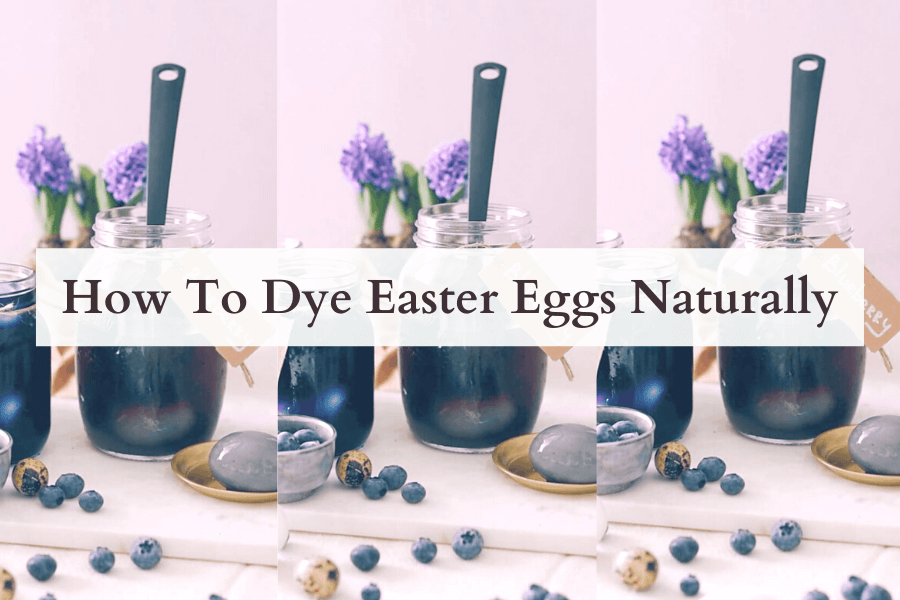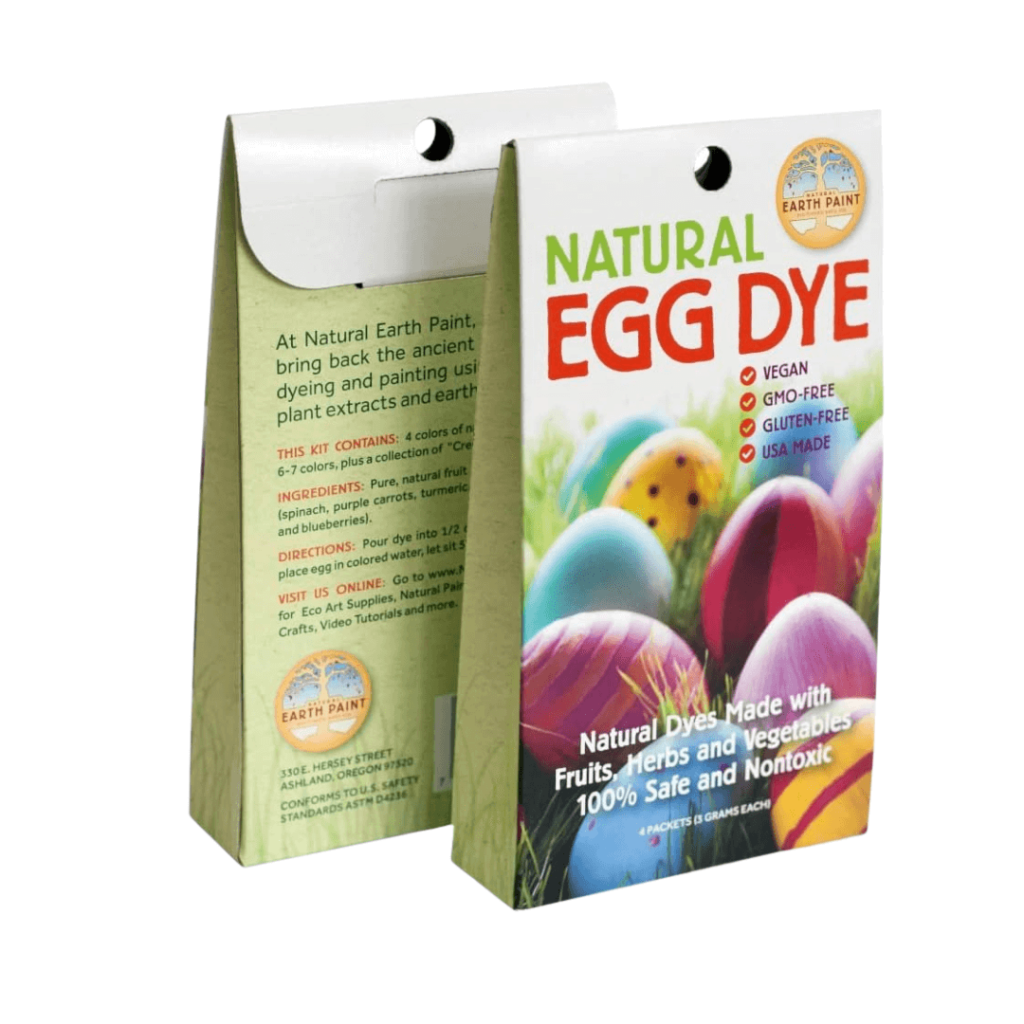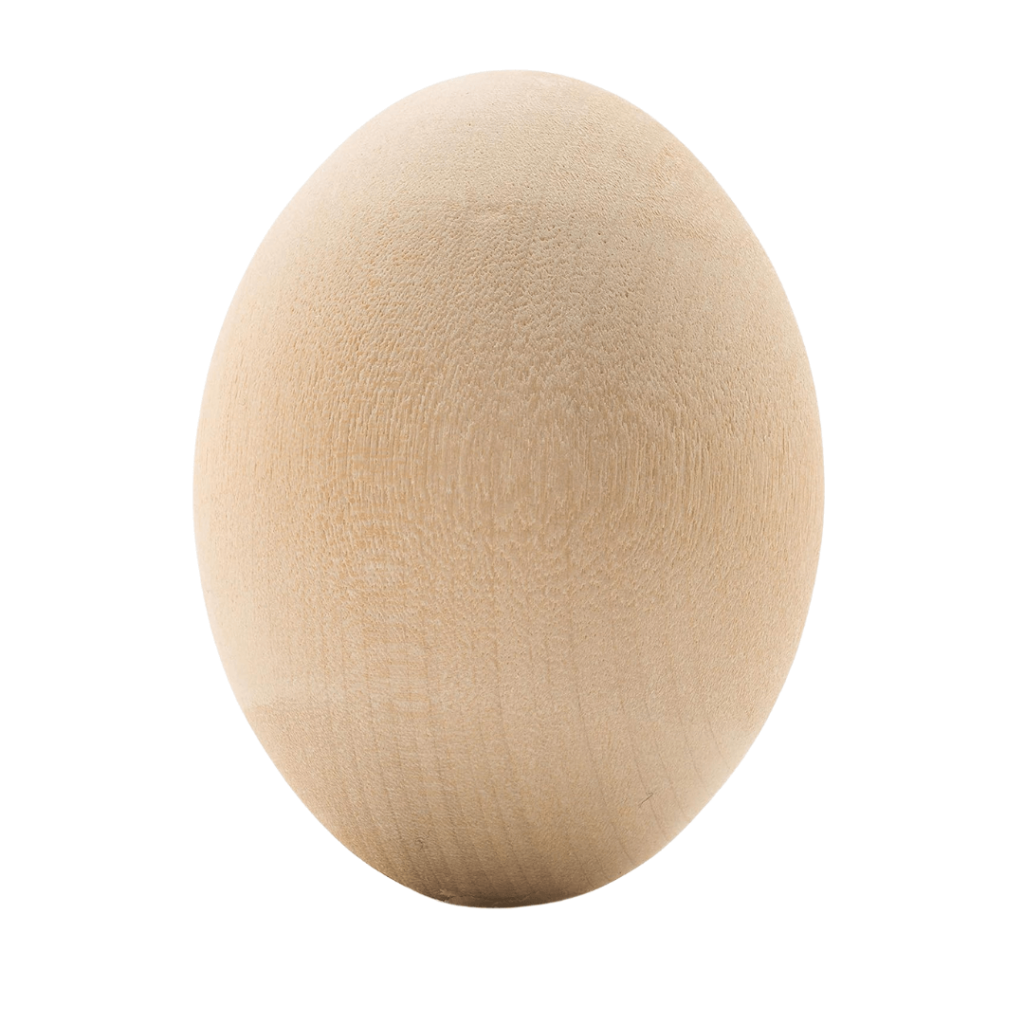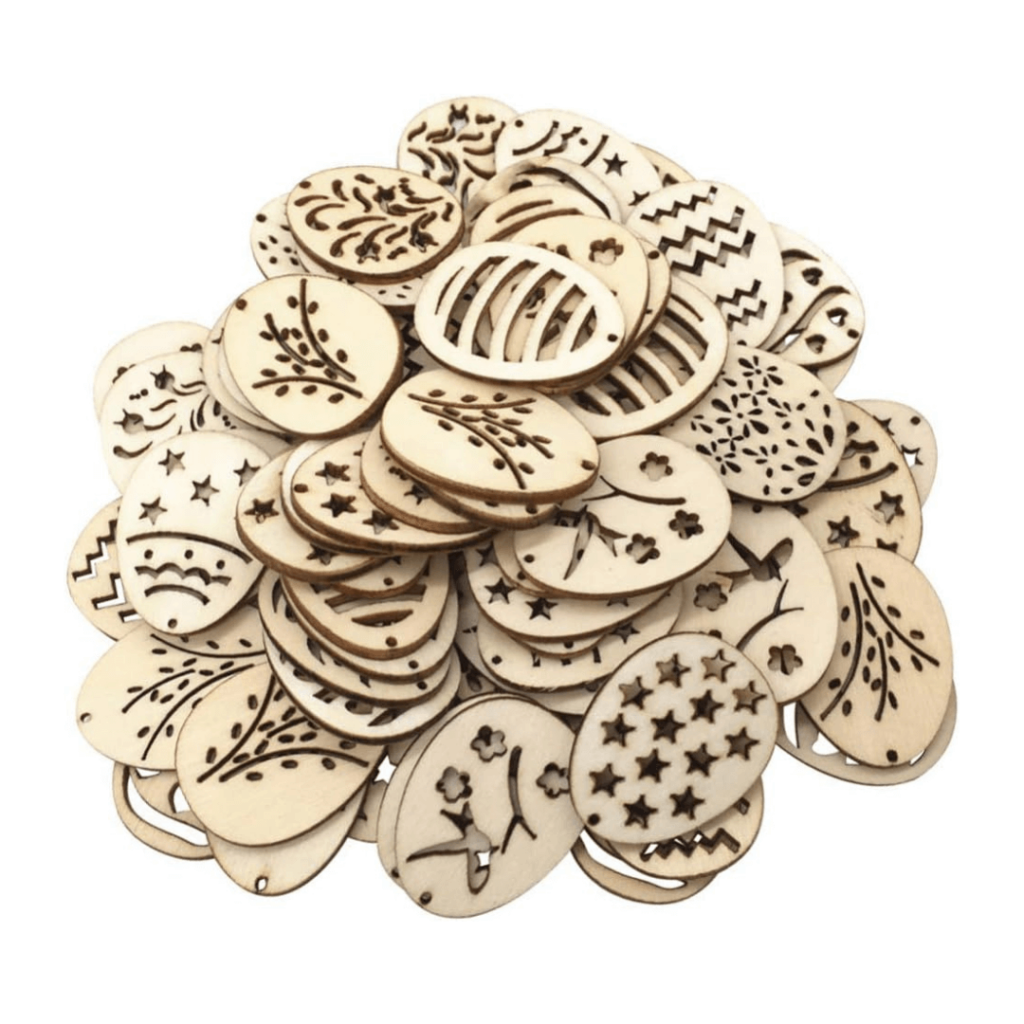Nothing screams Easter like dying some eggs… but are food dyes truly safe? With Americans eating five times the amount of food dyes as we did in 1955, their safety is cause for concern. Don’t fret – there are safe, non-toxic methods to dying Easter eggs! Looking for how to dye Easter eggs naturally? Look no further.
What goes in, on, and around your body matters – don’t expose your children to unnecessary toxins, even in the name of Easter fun. Looking for a safer alternative? How do artificial food dyes impact our health?
Keep reading to learn more about how to dye Easter eggs naturally (the nontoxic way)!

(Note: This article contains affiliate links, meaning In On Around will make a small commission at no additional cost to you. This helps me maintain the site. As always, I value full transparency & only work with brands I love and trust.)
What Are The Health Effects Of Artificial Food Dyes?
There are a total of nine United States FDA-approved food dyes. Many studies have shown that all of them raise health concerns. [1]
- Blue No. 1
- Blue No. 2
- Green No. 3
- Orange B (only for hot dogs & sausage casings)
- Citrus Red No. 2 (only to color orange peels)
- Red No. 3
- Red No. 40
- Yellow No. 5
- Yellow No. 6
Food dyes have been linked to…
- ADHD, hyperactivity, irritability, aggressiveness & restlessness in children [2, 3]
- Learning impairments [4]
- Sleep disturbances [5]
- Allergies [6]
- Thyroid tumors (with Red No. 3) [7]
- Tumor growth due to contaminants [8]
- Hives and asthma (with Yellow 5) [9]
- Inflammatory bowel disease (especially Red 40 and Red 17) [10]
Artificial food dyes can negatively impact your children.
Clearly, it’s best to avoid artificial food dyes whenever possible. The European Union actually requires a warning label for products containing food dyes saying it can cause “an adverse effect on activity and attention in children.”
When will the USA catch up?!
Organic products are not allowed to have any artificial colors, so opt for organic whenever possible. Artificial food dyes are toxic and provide no nutritional benefit whatsoever – avoid them at all costs.

What’s The Best Way To Safely Dye Easter Eggs?
There are a lot of Easter egg hacks online (especially on Pinterest), but not all of them are safe. Some recommend using nail polish, shaving cream, & other dangerous methods which are not food-grade with boiled eggs.
Everything you need to safely dye Easter eggs can be found at the grocery store or store bought!
Nontoxic Dye Ingredients
- Red cabbage or purple cabbage ➜ blue-purple dye
- Frozen blueberries ➜ dark blue dye
- Red onion skins ➜ brown-green dye
- Turmeric ➜ golden yellow dye
- Beet juice ➜ pink-red dye
- Grape juice ➜ gray/lavender dye
- Chili Powder ➜ light orange dye
- Spirulina or Spinach ➜ green dye
- Activated Charcoal ➜ black dye
- Boiled coffee grinds or Instant coffee ➜ brown dye
Non-Toxic Egg Dye Steps That’s Safe For Kids:
- In a couple of cups of water, bring cabbage, blueberries, onion skins, and coffee grinds to a boil to extract the colors. It’s best to use a high heat in a medium or large pot. Simmer covered ingredient and water to a boil for about 30 minutes.
- Use a mesh strainer to strain dye and remover the food from the boiled liquid.
- With the others (turmeric, beet juice, grape juice, chili powder etc…), just mix in with water until concentrated.
- Allow the dye liquid and eggs to cool to room temperature.
- Stir in 1-2 teaspoons of white vinegar before submerging the eggs. Use paper towels on your table to prevent any unintentional staining.
- Submerge and add the eggs to the dye bath overnight.
Keep in mind that many of these natural food-safe dyes can take a couple of hours to absorb the color. For best results, submerge them overnight in the fridge in glass containers, like mason jars! If you plan on eating the eggs, do not leave them out unrefrigerated, in any Easter baskets, or outside for an egg hunt.
When dying eggs, food safety is of utmost importance.
How To Dye Easter Eggs Without Food Coloring
It’s a fun experiment to do with kids!
- Always opt for organic produce (like blueberries, cabbage etc…)
- Don’t get the dye on your fingers (wearing gloves can help) or clothing
- Use white eggs for best results
- The dye can wipe off when the eggs are still wet, so let them dry completely when you get the desired color
- When cooking eggs, make sure you boil them in water for ~12 minutes. Never eat a cracked egg – bacteria can easily grow, which can lead to food safety issues.
- Never leave eggs outside of the fridge for more than 2 hours (or longer than an hour if it’s above 90 degrees).
- Dyed eggs will usually last for about a week in the fridge when stored unpeeled in an air-tight container.
Discard all hard-boiled eggs more than one week old.
Other Methods For Non-Toxic Egg Decorating
- Pre-made Egg Dying Kit: Natural Earth Paint
- Opt to decorate wooden eggs or wooden discs
- Cover the eggs in stickers
- If you insist on using artificial dyes, make sure you don’t get it on your skin & do not eat them.
Decorating Easter eggs doesn’t always require food dyes!
Frequently Asked Questions
Click on the below FAQs to learn more about how to dye Easter eggs naturally!
How to dye eggs with turmeric? How to due eggs green naturally? Natural dyes for Easter eggs from fresh vegetable spices? How to dye brown eggs naturally? How to dye eggs with coffee? How to dye eggs with spirulina? This article digs into it all!
How do food dyes impact your health?
How to naturally dye Easter eggs?
Are dyed Easter eggs safe to eat?
How long do dyed Easter eggs last?
Have you tried dying Easter eggs naturally?
Now you can celebrate Easter without exposing yourself, or your children, to unsafe food dyes. Have a safe and non-toxic Easter holiday!
Let me know your thoughts! You can watch our web story here.
xoxo,

Want to read more? Check out my other articles here!
Information on “How to dye Easter eggs naturally” from: FDA, Good Housekeeping, Cleveland Clinic, Eating Well, Thank Your Body, Advisory, Healthline, EWG, Eat By Date, Ecohome
Copyright In On Around LLC 2021 © The statements made on this website have not been evaluated by the FDA (U.S. Food & Drug Administration). They are not intended to diagnose, treat, cure, or prevent any disease. The information provided by this website should not be used as individual medical advice and you should always consult your doctor for individual recommendations and treatment.








2 Responses